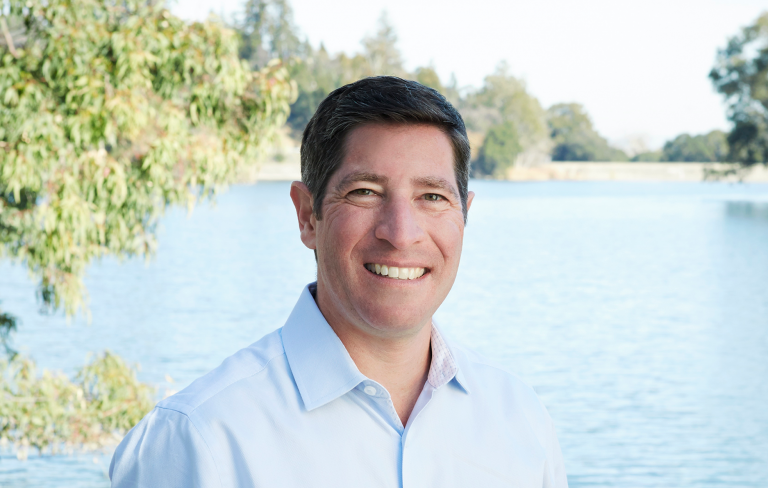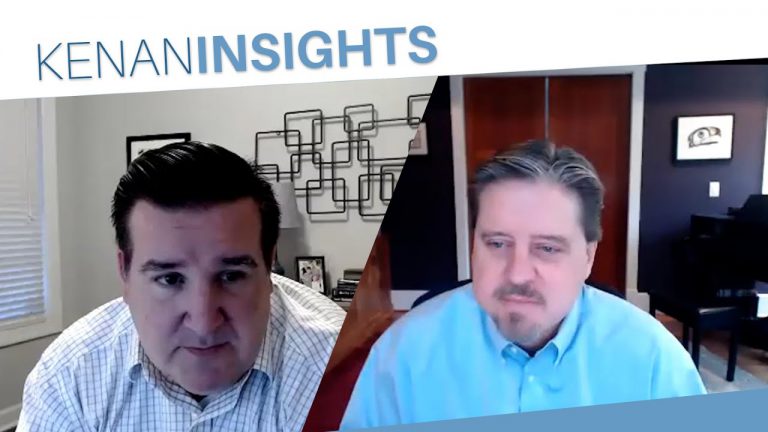
Registration is open for the 17th annual Alternative Investments Conference on March 27, hosted by the Institute for Private Capital.

Since 2008, the Alternative Investments Conference has served as a forum for private equity, hedge fund, venture capital and other alternative asset professionals to network, share ideas and stay abreast of industry trends.
We propose and test a framework of private information acquisition and decision timing for asset allocators hiring outside investment managers. Using unique data on due diligence interactions between an institutional allocator and 860 hedge fund managers, we find that the production of private information complements public information. The allocator strategically chooses how much proprietary information to collect, reducing due diligence time by 18 months and improving outcomes. Selected funds outperform unselected funds by 9% over 20 months. The outperformance relates to the allocator learning about fund return-to-scale constraints and manager skill before other investors.

Hosted by the North Carolina Investment Forum, this invitation-only breakfast will bring together members of the private capital community to launch efforts in compiling a comprehensive analysis of capital availability in North Carolina.

Please join us for an exclusive conversation with Andreessen Horowitz Managing Partner Scott Kupor on Monday, Oct. 21 from 4–5 p.m. The event is part of the Dean’s Speaker Series, hosted by Kenan-Flagler Business School Dean Doug Shackelford.

Crowded Trades and Tail Risk
Using a large database of U.S. equity position-level holdings for hedge funds, we measure the degree of securitylevel crowdedness. The crowdedness factor is related to downside “tail risk" as stocks with higher exposure to crowdedness experience relatively larger drawdowns during periods of market distress. This tail risk extends to hedge fund portfolio returns as the crowdedness factor explains why some funds experience relatively large drawdowns.

Activism And Empire Building
We study the role of hedge fund activists in curbing empire building. We show that firms with poor acquisition records are more likely to become activist targets. Following activist intervention, targeted firms make fewer acquisitions but obtain substantially higher abnormal returns. These firms avoid large transactions, diversifying deals, and refrain from announcing deals during merger waves.

We examine the link between endowment investment performance and the expertise of university board members. Harnessing detailed information on 11,019 members for 579 universities, we find that expertise in alternatives and larger professional networks are associated with higher allocations to alternatives and better investment results.

Hedge Fund Voluntary Disclosure
Using a dataset of 3,234 letters sent by 434 hedge funds to their investors during 1995–2011, we study what motivates hedge fund managers to make voluntary disclosures. Contrary to the hedge fund industry's reputation for opacity, we observe that managers provide their investors with an array of quantitative and qualitative information about fund returns, risk exposures, holdings, benchmarks, performance attribution, and future prospects.

Activism Mergers
Shareholder value creation from hedge fund activism occurs primarily by influencing takeover outcomes for targeted firms. Controlling for selection decisions, activist interventions substantially increase the probability of a takeover offer.

Are Hedge Funds Systemically Important?
The authors find that hedge funds during the 2008 financial crisis did not systematically benefit from opportunistic trading, which could have generated systemic risks in financial markets. Although some funds that used leverage actually performed worse than expected given ex ante risk-factor loadings, this result was most likely caused by meeting redemptions rather than by forced selling during the crisis.

